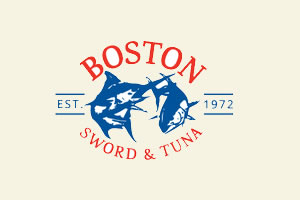
Finfish
Salmon, Wild Sockeye
Sockeye salmon are found throughout the North Pacific Ocean and inhabit most coastal streams and rivers from Alaska to central California. They are the most abundant in coastal areas from central Oregon to southeast Alaska. Sockeye salmon are anadromous, meaning they migrate from the ocean into fresh water to spawn. Then the young fish may spend up to 3 years in freshwater before migrating to the ocean. Sockeye salmon are also know as red salmon and are much smaller than king salmon. They commonly get to be between 5 and 7 pounds.
Sockeye salmon have a bright red flesh with a fine, firm texture resembling beef. It has a robust and rich flavor originating from its extremely high oil content. Sockeye salmon are considered the most flavorful and versitile of the salmon family.
Sockeye salmon are a target species of commercial fisheries in the Pacific Northwest and Alaska. They are harvested in commercial seine and gill net fisheries during the spawning season and a small amount are caught with troll gear. Sockeye salmon is one of the salmon species strictly regulated by the Alaskan Department of Fish and Game, the Pacific Coast Salmon Fishery Management Plan (Oregon, California, and Washington), and North Pacific Fishery Management Council. Management tools such as season length, quotas, and bag limits vary depending on how many salmon are present each year. All sockeye salmon fisheries in Alaska and many in Canada are also MSC certified.

.png)













